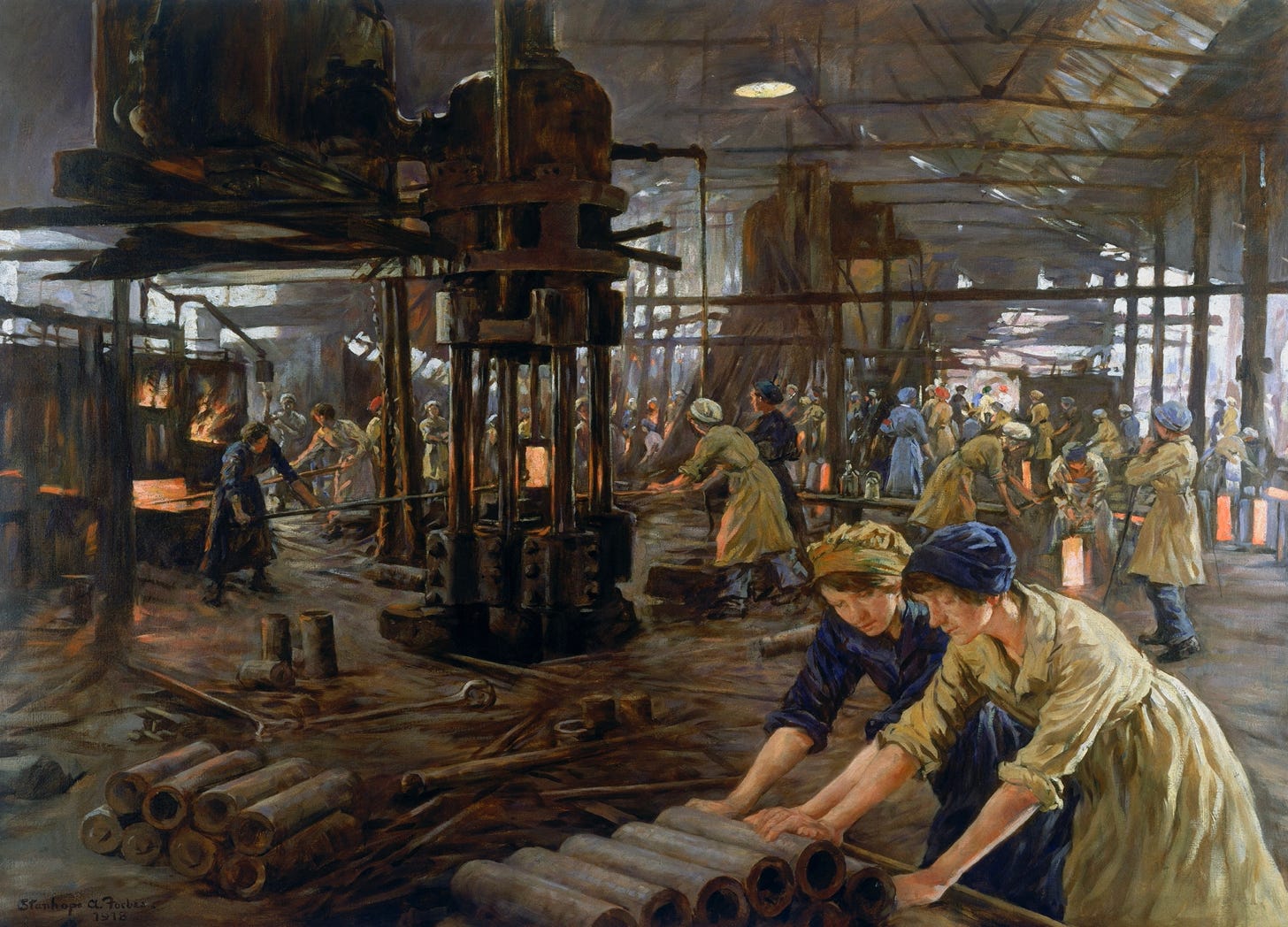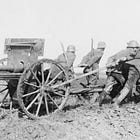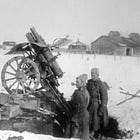Who Will Make the Drones?
A question from the Age of Steam and Steel
For much of the gunpowder age, most states forged their own field pieces. They were able to do this because guns and howitzers light enough to travel with muscle-powered armies were made out bronze, and bronze could be worked with relative ease. However, in 1860 or so, these countries began to replace their copper-alloy weapons with cannon made of steel, and, in doing so, lost the ability to make their own mobile ordnance.
The workshops where men turned bars of bronze into field pieces had been modest affairs. Indeed, any foundry that could make a church bell of the sort that Quasimodo might have rung could cast a copper-alloy cannon. The same, alas, could not be said of the large, elaborate, and painfully expensive places where steel was made. Indeed, such facilities cost so much that, in order to survive, they had to do much more than make matériel for field batteries.
Thus was born a two-tier system for the acquisition of field guns and howitzers. States that sat atop substantial civilian steel industries were usually able to obtain such weapons from domestic sources. Those that lacked that advantage were obliged to buy their ordnance from the industrial Leviathans, such as the ‘Cannon Kings’ of Krupp and the French firm of Schneider and Company, that also supplied vast quantities of metal to the builders of bridges, railroads, steamships, and skyscrapers.
The existence of a large ‘industrial base’ did not, however, guarantee the ability to make first-rate field pieces. Thus, on the eve of the First World War, the steel industry of the Russian Empire, which supplied the means of laying track across a dozen time zones, could not provide the highly specialized metal needed to make the parts of field pieces that were subject to extraordinary stress. As a result, the barrels of otherwise splendid weapons, such as the three-inch ‘anti-attack canon’ (Model 1910), wore out with distressing rapidity.
The rotor-toting robots of the hand-held, camera-sporting, persuasion that play such a big role on the battlefields of Ukraine owe much to consumer electronics. Indeed, if I am not too badly mistaken, the companies that make drones get most of their components from the same companies that supply the manufacturers of computers, smart phones, and video game consoles. Likewise, I suspect that the people who make remotely piloted planes of the smaller sort, whether design engineers or assembly-line workers, learned their respective trades making iPads, iPhones, and other items of that ilk.
To put things another way, the relationship between drones and consumer electronics echoes the connection that once tied field artillery matériel to civilian steel industries.
For Further Reading:






i wonder how potential implications of 3D printing might influence manufacturing calculations?
I'm still waiting for the answer: who WILL make the drones?
This is one of those things I see in Hollywood all the time...the good ol' USofA always has more...more CH54s, more AC130s, more M1 tanks, you name it. Americans have become so disconnected from the effort, discipline, and expertise it takes to make those war materials and the mere possession of such machines, they have lost the connection. We no longer have much of the expertise and logistical capacity to produce our own war materials. Were we to devolve into Civil War, and I think this likely within two years, we will be reduced to hand-built AFVs and Toyota HiLux technicals in a year of fighting.
We need a new generation of ultra-cheap, ultra-light AFVs capable of being built with and sustained by extant logistical systems in the USofA. Suspension components from tractor-trailer rigs are common and usable for light tanks. 4140RHA plate steel can be found in 1" thickness in most state-level road maintenance depots, though in limited quantities. These will be the stuff of tanks of the near future...a return to M3 Stuart level AFVs.
Recoilless guns will be essential; no one has the heavy steel works for gun barrels and carriages. Mounted on technicals, these are proven weapons systems.
In Africa, I saw tractor-trailer low-boy rigs with light artillery pieces fastened to them. Mobile field gun with ammunition. The Africans drove them up to the fighting and used them in direct-fire roles.
RPG 2s with advanced sights can be easily made with light tooling. As can simple directional AP mines.
The war of the future will be a most curious mix of high tech gadgets and low tech brutality.